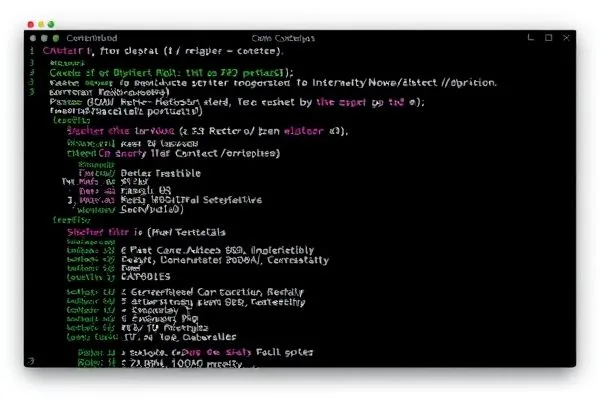Recent findings from threat intelligence firm GreyNoise indicate a troubling trend in the exploitation of Server-Side Request Forgery (SSRF) vulnerabilities. Over 400 IP addresses have been identified actively targeting multiple SSRF vulnerabilities across various platforms, highlighting the need for enhanced awareness and proactive defense measures within the cybersecurity community.
Takeaways:
- Understanding SSRF: Knowledge of SSRF vulnerabilities is essential to safeguard cloud environments.
- Proactive Measures: Prompt patch management and network monitoring are crucial for preventing exploitation.
- Structured Exploitation Patterns: Attackers are using coordinated methods to maximize the impact of exploit attempts.
The Growing Threat of SSRF Exploitation
Server-Side Request Forgery (SSRF) vulnerabilities have emerged as a critical concern for organizations worldwide. Recent intelligence has revealed that at least 400 unique IP addresses are involved in simultaneous exploitation attempts targeting several known SSRF flaws. This surge signifies a shift in tactics, suggesting that attackers are leveraging automation and structured methods for reconnaissance and exploitation.
The identified vulnerabilities span various applications, including:
- CVE-2017-0929 – DotNetNuke (CVSS score: 7.5)
- CVE-2020-7796 – Zimbra Collaboration Suite (CVSS score: 9.8)
- CVE-2021-22054 – VMware Workspace ONE UEM (CVSS score: 7.5)
- CVE-2021-22175 – GitLab CE/EE (CVSS score: 9.8)
- CVE-2023-5830 – ColumbiaSoft DocumentLocator (CVSS score: 9.8)
This trend reveals that attackers are not just targeting isolated vulnerabilities but rather executing campaigns against multiple CVEs with shared infrastructure. This coordinated approach amplifies their potential impact, providing a compelling message for cybersecurity professionals: vigilance and readiness are non-negotiable.
Mitigation Strategies and Recommendations
To combat the rise in SSRF exploitation, organizations must adopt several key strategies:
- **Timely Patching:** Ensure that all systems are updated promptly with security patches addressing known vulnerabilities.
- **Network Monitoring:** Implement sophisticated network monitoring solutions to detect and block suspicious outgoing requests indicative of SSRF exploitation.
- **Restrict Outbound Connections:** Control and limit outbound traffic to only those endpoints deemed essential for business operations.
- **Educate Staff:** Provide training to ensure that all stakeholders understand the vulnerabilities associated with SSRF and the importance of adhering to security best practices.
The implications of unchecked SSRF vulnerabilities are extensive, as they allow attackers to gain insights into internal network architectures and potentially expose sensitive data. Entities should enforce robust policies and standards, equipping teams with the tools needed to respond effectively to this escalating threat landscape.
In summary, the recent coordinated surge in SSRF exploitation serves as a clarion call to the cybersecurity community. By implementing proactive strategies and fostering a culture of security awareness, organizations can significantly bolster their defenses against these pervasive threats and minimize their risk exposure.









